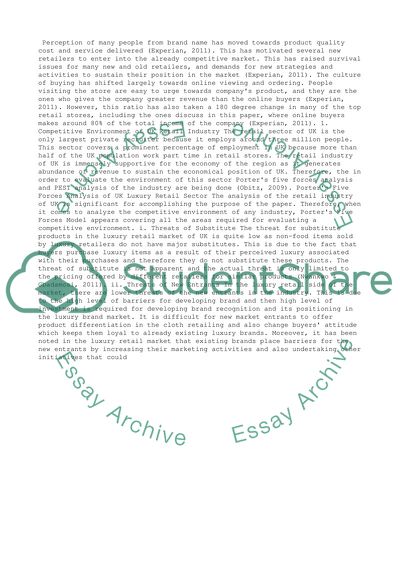Cite this document
(“Strategic Retail Management in Competitive Environment Essay”, n.d.)
Strategic Retail Management in Competitive Environment Essay. Retrieved from https://studentshare.org/business/1403693-retailing
Strategic Retail Management in Competitive Environment Essay. Retrieved from https://studentshare.org/business/1403693-retailing
(Strategic Retail Management in Competitive Environment Essay)
Strategic Retail Management in Competitive Environment Essay. https://studentshare.org/business/1403693-retailing.
Strategic Retail Management in Competitive Environment Essay. https://studentshare.org/business/1403693-retailing.
“Strategic Retail Management in Competitive Environment Essay”, n.d. https://studentshare.org/business/1403693-retailing.


